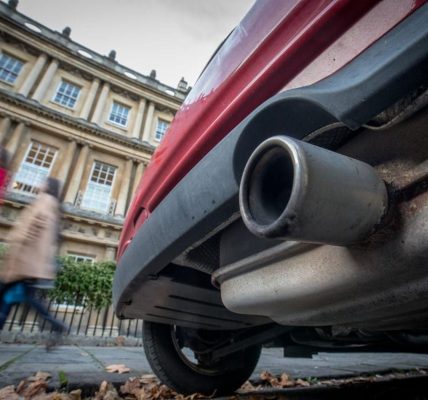Highway Code changes to add new smart motorway rules this year
Road users’ handbook updated to include variable speed limits and red X signs
The Highway Code is to be updated later this year with changes to improve drivers’ understanding of smart motorways.
The guide for road users will be altered to see new guidance on how to respond to lane closures, variable speed limits and emergencies on the controversial roadways.
The changes will also add new advice and guidance on the factors that lead to accidents and come after more than 3,200 people and organisations took part in a consultation on proposals to change the Code.
In total, 33 existing rules will be amended and two new ones added before the end of 2021.
Key changes include clearer advice on how and where to stop in an emergency, with specific references to smart motorways. This includes guidance on staying out of lanes closed with a red X sign and information on emergency refuge area signage.
There is also new guidance on the use of variable speed limits to manage congestion on smart motorways and on the use of gantry-mounted cameras to enforce these limits and lane closures.
Other matters covered by the changes include information on the dangers of tailgating, driving tired, driving an unroadworthy vehicle as well as advice on towing safely.
The new guidance was developed by Highways England in collaboration with the Driver and Vehicle Standards Agency (DVSA). Highways England’s head of road safety, Jeremy Phillips, said: “The updates to The Highway Code will help everyone who uses our busiest roads.
Thanks to the input from road users, we have been able to produce clearer guidance on how to use our motorways and major A-roads which will make journeys even safer.
“The new edition of The Highway Code can give everyone on our roads the confidence that they have the knowledge and skills to safely get from A to B.”
The smart motorway updates to the 90-year-old Code come after another recent consultation looking at creating a hierarchy of road users. Under the proposals, which are still under consideration, those road users that can cause the greatest potential harm will have the greatest responsibility to protect other, more vulnerable road users.










